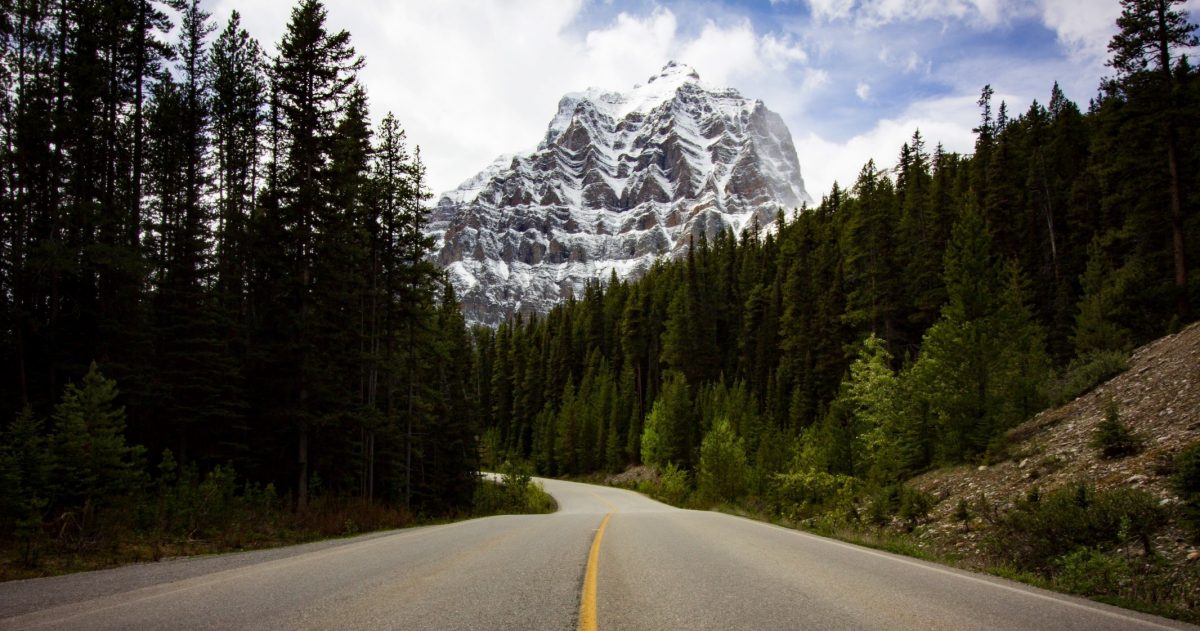Are you embarking on an altitude training camp for the first time or training high above sea level? Keep the following factors in mind to ensure that the training has its desired effect.
Start healthy and slow
For anyone going to an altitude training camp for the first time, it is advisable to take the training slowly. Being healthy and injury-free is an essential prerequisite for training at altitude. Athletes should allow at least two weeks for altitude training (optimally between three and four weeks). In the first week of training, athletes should train at a reduced volume and intensity, about 20% less than at or near sea level, with a focus on base training. Starting in week two, more intense sessions can be incorporated. By the end of, say, a three-week stay, athletes can complete training at near full intensity.
Nutrition is important
When training at altitude – regardless of the methodology – a high-quality diet is a prerequisite. In the immediate recovery phase after a training session, a diet rich in carbohydrates and protein can positively influence the adaptation processes. During the stay at altitude, your water bottle becomes a constant companion to meet your increased fluid requirements. For every 1000 meters of altitude difference, athletes should consume an additional liter.
Beware of overtraining
A careful approach to the appropriate training intensity and tolerable training volume is crucial at altitude. An increased susceptibility to illnesses should not be underestimated. The increased training intensity due to altitude can easily lead to a state of overtraining. This can weaken the immune system and lead to a general feeling of sickness, sleep disturbances, poor mental well-being and the failure to improve performance as symptoms of overly intense training. For longer stays in the mountains, it therefore makes sense, at least during the first few days, to seek out lower altitudes during training (e.g., on the bike) and to avoid strenuous pass rides.
Correct timing
High altitude training should precede your competition. But at what distance from the altitude training should a planned competition take place? Here, too, there are no clear statements, but there are two predominantly practiced tendencies: Either the competition takes place immediately in the first two days after leaving altitude or only after a waiting period of up to 30 days after the altitude training. In the days four to nine there is a critical phase or transformation phase, in which the performance can drop and the body adapts again. The competition should therefore not take place in this time frame. The prevailing opinion is that the optimum is in the third week after returning to the flat. Here, too, the following applies: Individual experience values are ultimately more meaningful than scientific blanket prescriptions.
Text from FITforLIFE– This blog post was provided to us by the Swiss magazine FIT for LIFE. If you want to read regularly informative knowledge articles in the field of running and endurance sports, click here.

2PEAK can help you plan your training plan. Read more about this feature here.
